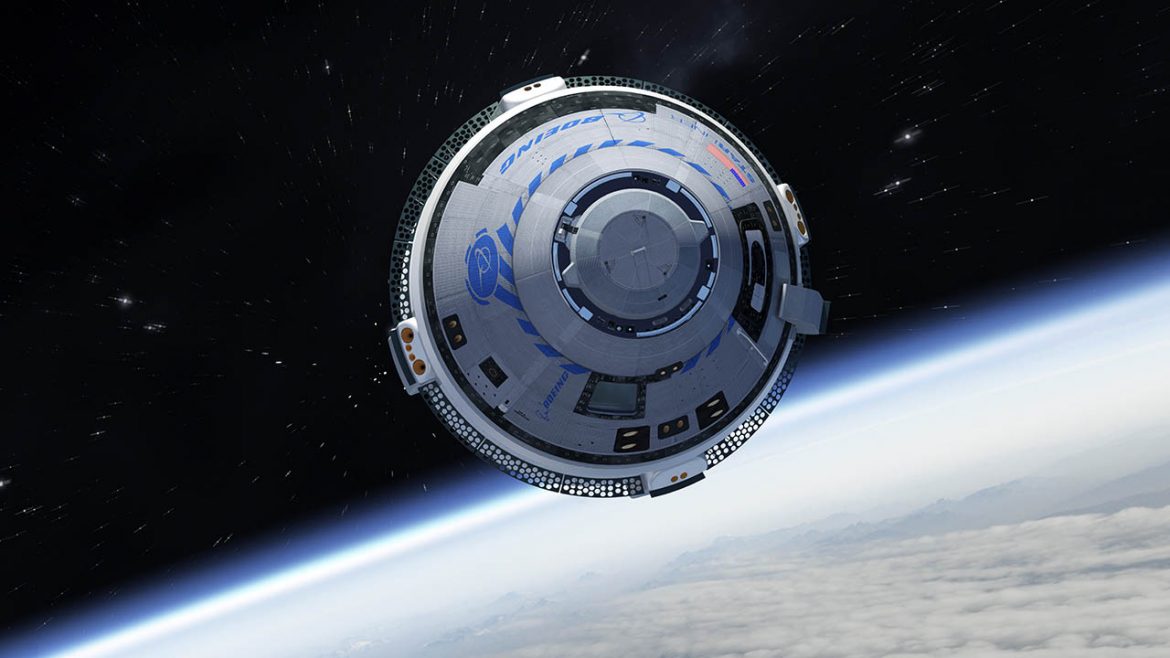NASA has postponed the launch of SpaceX’s Crew Dragon spacecraft, initially scheduled for 18 August, to 24 September. This decision was made to allow more time for mission managers to address issues with Boeing’s Starliner spacecraft, currently docked at the International Space Station (ISS). The delay underscores the challenges Boeing faces in competing with SpaceX in the commercial crew transportation market.
Boeing Starliner’s Testing Phase
Boeing’s Starliner spacecraft, launched in June with two astronauts aboard, is undergoing a crucial test mission. This mission is essential for NASA to certify Starliner for regular astronaut flights, a milestone SpaceX’s Crew Dragon achieved in 2020. However, the Starliner’s test mission, initially planned for about eight days, has been extended due to multiple propulsion system issues. These problems have cast doubt on the spacecraft’s ability to safely return its crew, NASA veterans Butch Wilmore and Suni Williams, to Earth.
NASA’s Response to the Delay
NASA has stated that the delay will provide additional time to finalise the return plans for Boeing’s Crew Flight Test. “This adjustment allows more time for mission managers to finalise return planning for the agency’s Boeing Crew Flight Test currently docked to the orbiting laboratory,” the agency explained. NASA is also considering the possibility of using SpaceX’s Crew Dragon capsule to bring the Starliner astronauts back, highlighting the gravity of the situation. However, NASA has yet to make a decision regarding the Starliner’s return.
Financial Implications for Boeing
The delays in the Starliner mission have cost Boeing $125 million, adding to the company’s total losses on the programme, which have reached $1.6 billion since 2016. These financial setbacks reflect the challenges Boeing faces in developing a competitive spacecraft that can rival SpaceX’s more experienced and cost-effective Crew Dragon. Boeing’s struggle to establish itself in the commercial space sector highlights the difficulties of entering a market dominated by a seasoned competitor.
The Competitive Landscape in Commercial Spaceflight
Boeing’s Starliner programme represents the company’s efforts to compete with SpaceX in the commercial crew transportation sector. SpaceX’s Crew Dragon capsule has become the industry standard for ferrying astronauts to and from the ISS, thanks to its proven track record and cost-efficiency. The delays and technical issues plaguing Boeing’s Starliner highlight the competitive pressures in the commercial spaceflight market, where innovation and reliability are paramount.
Implications for the Future of Commercial Spaceflight
The challenges faced by Boeing’s Starliner programme underscore the complexities of developing and operating spacecraft in the commercial space industry. As NASA relies on private companies to transport astronauts to the ISS, the success of programmes like Starliner and Crew Dragon is crucial for the future of space exploration. Boeing’s difficulties highlight the importance of rigorous testing and problem-solving in ensuring the safety and reliability of spacecraft used for crewed missions.
The delay of SpaceX’s Crew Dragon launch due to issues with Boeing’s Starliner spacecraft highlights the competitive dynamics in the commercial space industry. Boeing’s struggles to address technical problems and financial losses reflect the challenges of competing with a dominant player like SpaceX. As NASA works to resolve these issues, the future of commercial spaceflight hinges on the successful integration and certification of multiple spacecraft, ensuring a diverse and resilient market for crew transportation to the ISS.



